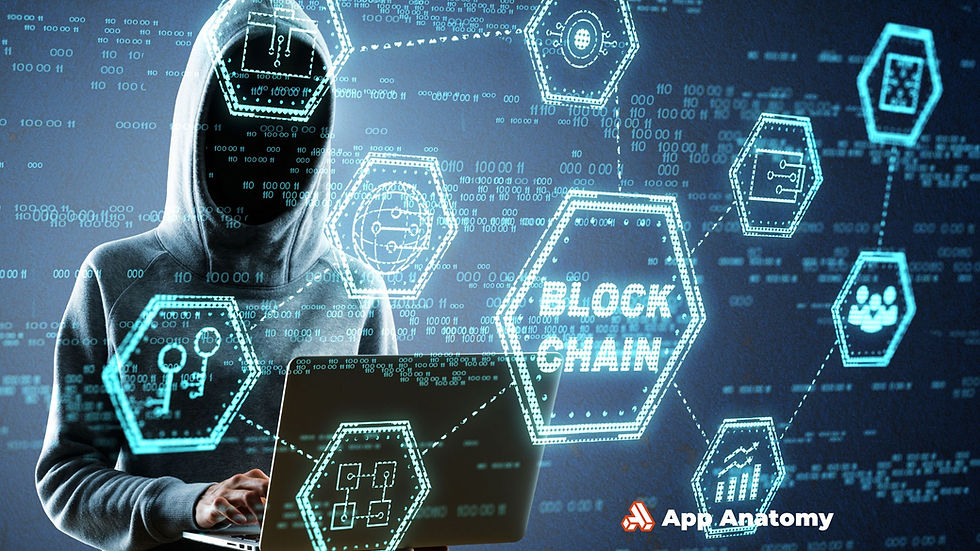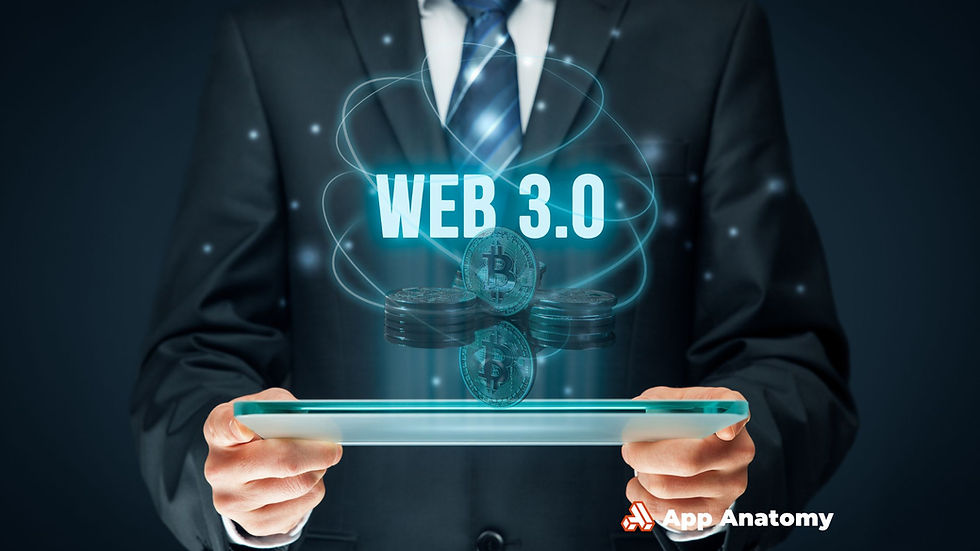Layer 1 and Layer 2 Solutions in Blockchain: How They Work Together
- Jun 21
- 4 min read

Blockchains are revolutionary, no doubt. But when it comes to speed and efficiency? Let’s just say they’re still finding their legs.
Bitcoin, Ethereum, and other Layer 1 blockchains were built for security and decentralization, not speed. And that’s fine when only a few people are using them.
But when millions flood the network, the system chokes. Transactions slow down. Fees skyrocket. Everyone gets frustrated.
That’s where Layer 1 and Layer 2 solutions come into play. They’re like two different approaches to solving the same problem: How do we scale blockchain for global use without breaking it?
What You Will Learn In This Article
What Layer 1 and Layer 2 solutions in blockchain are and how they improve scalability
How Layer 1 upgrades like sharding and PoS impact performance
The benefits of Layer 2 tools like rollups, state channels, and sidechains
Key differences between Layer 1 and Layer 2 in cost, speed, and flexibility
Real-world use cases showing how both layers work together
What Is a Layer 1 Solution?
Layer 1 refers to the underlying blockchain architecture, Bitcoin, Ethereum, Solana, Cardano. This is the base network where all transactions are recorded, validated, and secured.
Think of it as the ground floor of a building. Everything else is built on top, but it’s the structural core that holds everything together.
How Layer 1 Tries to Scale
Improving scalability at Layer 1 usually means changing the blockchain itself. This can be tricky, because the base layer is deeply embedded in how the system operates. Still, there are a few common strategies:
Sharding: Ethereum 2.0 is introducing sharding to split the blockchain into smaller “shards” that process transactions in parallel.
Consensus Algorithm Changes: Bitcoin uses Proof of Work (PoW), which is secure but slow. Ethereum is shifting to Proof of Stake (PoS), which is faster and more energy-efficient.
Block Size Increases: Bitcoin Cash increased block sizes to allow more transactions per block, though it came at the cost of some decentralization.
The Blockchain Trilemma: Choose Two
Here’s the hard part. It’s called the Blockchain Trilemma: blockchains must balance scalability, decentralization, and security. Improving one often weakens another.
Layer 1 upgrades tend to be slow, complex, and sometimes controversial, often requiring hard or soft forks that split the community or disrupt continuity.
What Is a Layer 2 Solution?
Layer 2 solutions sit on top of existing blockchains like Ethereum or Bitcoin. They don’t change the core network. Instead, they take some of the load off Layer 1 by processing transactions separately, then posting final results back to the main chain.
It’s like adding an express lane to a traffic-jammed highway, same road, but faster throughput.
Types of Layer 2 Solutions
State Channels: These allow two parties to transact off-chain and only record the final result on-chain. Example: Lightning Network for Bitcoin.
Rollups: These bundle hundreds (or thousands) of transactions together and submit them as one to the Layer 1 chain. Examples include:
Optimistic Rollups
k-Rollups (zero-knowledge proof-based rollups)
Sidechains: Independent blockchains that run in parallel to the main chain but are interoperable with it. Example: Polygon for Ethereum.
Why Layer 2 Matters
Speed: Transactions are processed off-chain, so they’re near-instant.
Cost: Fewer interactions with the base layer = lower gas fees.
Flexibility: Layer 2 doesn’t require upgrades to the core blockchain.
In short, Layer 2 makes existing blockchains more usable, without asking them to fundamentally change.
Comparing Layer 1 and Layer 2 Solutions in Blockchain: Key Differences That Matter
Let’s break it down:
Feature | Layer 1 | Layer 2 |
Architecture | Base blockchain (e.g., Ethereum, Bitcoin) | Built on top of Layer 1 |
Scalability | Direct upgrades to core protocol | Processes transactions off-chain |
Cost | Higher due to congestion | Lower, thanks to bulk or off-chain handling |
Flexibility | Requires network-wide consensus | Easier to adopt, fewer political hurdles |
Risk | Affects the entire network | Isolated, bugs in Layer 2 don’t break Layer 1 |
Both layers aim to make blockchain usable on a global scale, but they go about it in very different ways.
Bitcoin + Lightning Network
Bitcoin is secure, but slow. The Lightning Network allows users to open payment channels, send microtransactions instantly, and only settle on-chain once the channel is closed. It’s ideal for micropayments, tipping, or frequent transactions.
Ethereum + Polygon
Ethereum is home to DeFi and NFTs, but gas fees can be brutal. Polygon, a sidechain, offers a fast, low-fee environment for dApps that still connects back to Ethereum’s mainnet.
It’s already used by major platforms like OpenSea and Aave.
zk-Rollups: The Next Frontier
Zero-knowledge rollups (zk-Rollups) use cryptographic proofs to validate large batches of transactions efficiently and privately. They’re considered the most advanced Layer 2 solution today, balancing speed, cost, and privacy in one package.
The Road Ahead: Complementary, Not Competitive
As demand grows, both Layer 1 and Layer 2 solutions are evolving in parallel. In fact, they’re not rivals, they’re partners.
Layer 1s are improving with sharding, PoS, and protocol tweaks.
Layer 2s are rapidly being adopted for day-to-day transactions and dApp scaling.
The future likely lies in interoperability, where multiple Layer 2s can talk to each other, and to multiple Layer 1s, seamlessly.
Still, questions remain. Will Layer 2s become the default layer for user interactions? Will Layer 1s eventually catch up? Or will we end up with a blend of both, tailored for specific needs?
Two Layers, One Mission
At the end of the day, Layer 1 and Layer 2 exist for the same reason, to make blockchain technology truly usable at scale.
Layer 1 is the foundation. It sets the rules, keeps the network secure, and records the truth.
Layer 2 is the accelerator. It makes things faster, cheaper, and more user-friendly.
Whether you’re a developer building the next DeFi app or a user just trying to avoid outrageous gas fees, understanding these layers helps you see where blockchain is going, and how we’ll get there.
Because scaling isn’t optional. It’s the next big step.





Comments